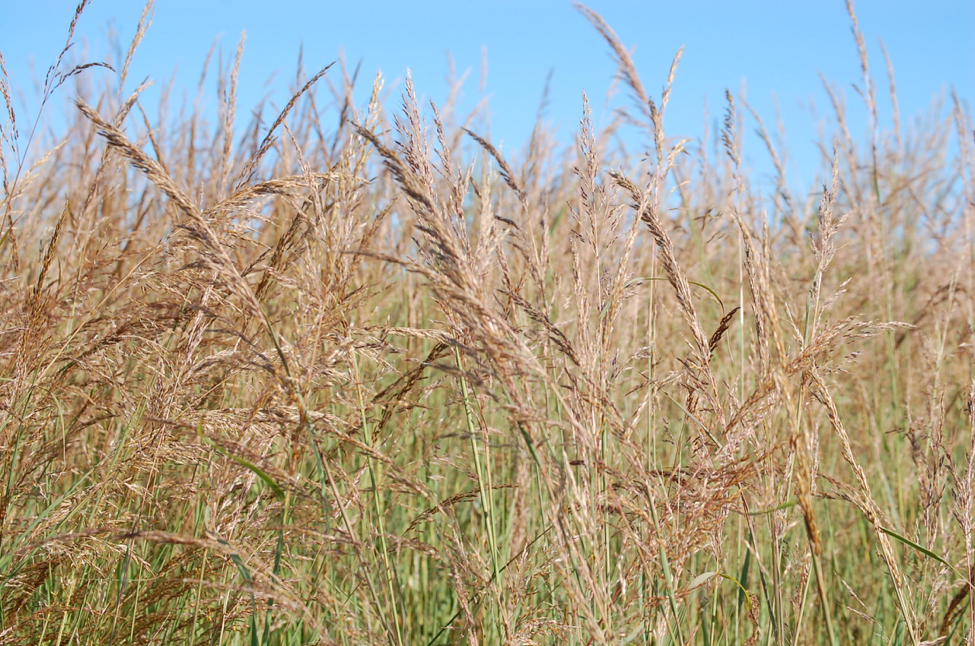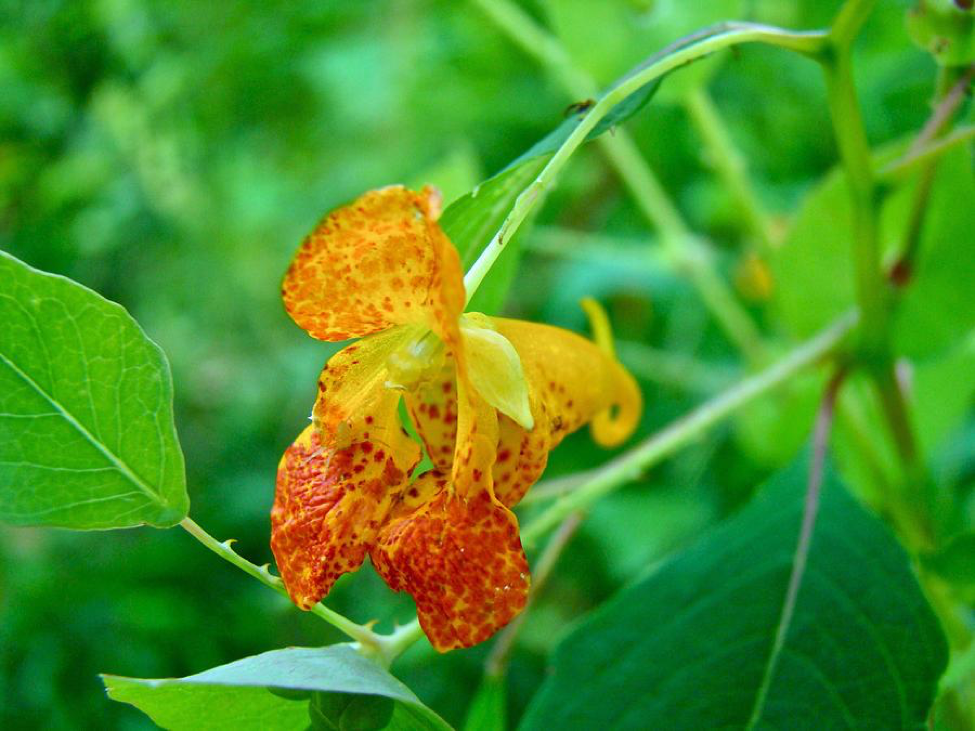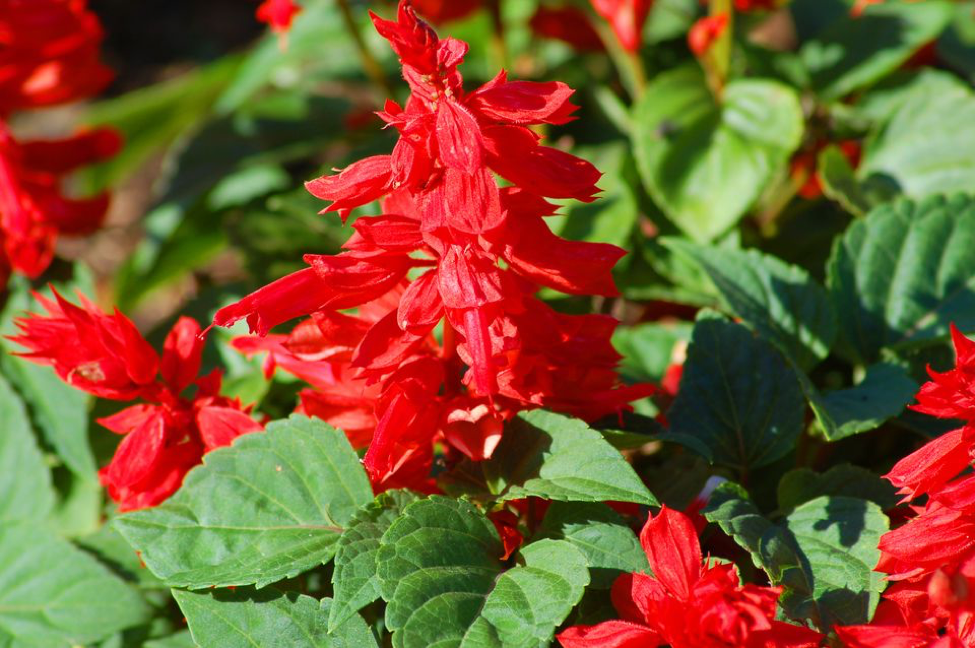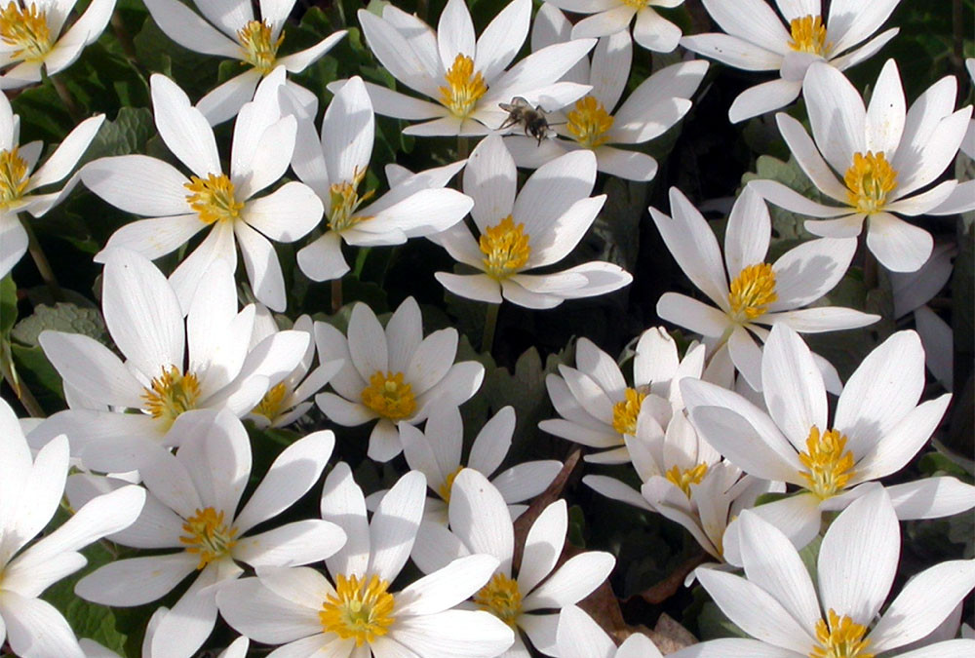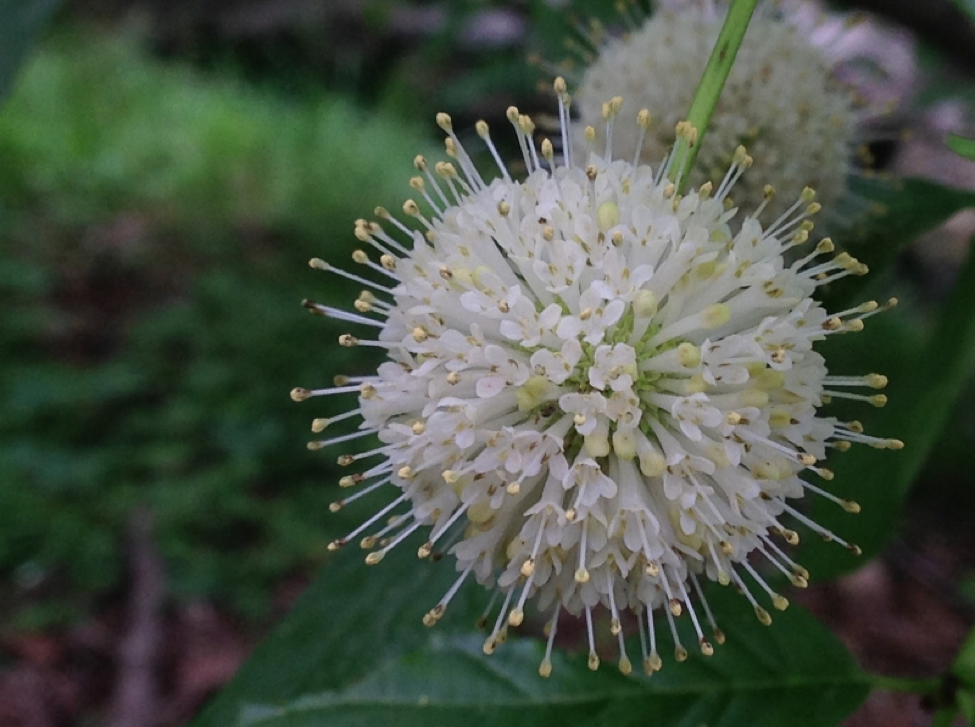Many of the native plants of Atlanta love the hot sun and humid conditions that the spring and summer seasons bring to the area. Gardening with native plants allows you to cultivate the plants that have proven their tolerance of the area. Enjoy wildlife like butterflies and hummingbirds that will flock to vivid blooms of native plants. Add color and interest to your garden with these showy and also unique looking plants.
Here are 5 plants that you will see everywhere when you move to Atlanta.
1. Indiangrass
Scientific name: Sorghastrum nutans
Moisture level: Dry
Sunlight: Full
Height: 3-5 ft.
Width: 1-2 ft.
Coloring: Muted green to powder blue (summer); golden brown (fall)
Leaf Shape: Upright spindles
Wildlife attraction: Birds
This beautiful grass flourishes during the warm Atlanta spring and summer. It is a prairie grass that does well in preventing erosion. It is not prone to insect damage or disease and was once the dominant grass that covered most of the prairieland in the Midwest. Indiangrass does best in soil that is well drained and is tolerant of a wide range of soils including heavy clay. It loves full sun and would do best in a dry corner of a garden or along an incline. Indiangrass turns golden brown as temperatures cool in the fall and the tips of the plant look very much like wheat towards the end of its perennial season.
2. Jewelweed
Scientific name: Impatiens capensis
Moisture level: Moist
Sunlight: Full Sun – Partial – Full Shade
Height: 2-5 ft.
Width: 1.5-2 ft.
Coloring: Orange blooms with red dots
Leaf Shape: Broad large ovals
Wildlife attraction: Hummingbirds
Trumpet-shaped blooms adorn Jewelweed that is also known as Touch-Me-Nots due to a seed that will pop when touched. The orange blooms are painted with dark red spots and naturally attract hummingbirds that feed off the nectar of the bloom. Jewelweed is highly regarded as a healing plant that can be used on skin conditions including burns, bruises, sores, bites, eczema, ringworm, or warts.
This wonderful garden addition enjoys well-watered soil and can do well in any kind of sun exposure. It will begin to bloom during the summer and you should be able to enjoy the plant until fall. Jewelweed will go dormant in the winter but should return every year to add a pop of color to any garden.
3. Scarlet Sage
Scientific name: Salvia Coccinea
Moisture level: Average
Sunlight: Partial-Full
Height: 2-4 ft.
Width: 1-2.5 ft.
Coloring: Scarlet red blooms
Leaf Shape: Simple teardrop
Wildlife attraction: Hummingbirds, butterflies
A burst of red spiked flowers covers the Scarlet Sage that will add beautiful color to any garden. The simple bright leaves cluster together around bright blooms. The Scarlet Sage was first introduced from Brazil and is part of the mint plant family.
The Scarlet Sage is a low maintenance plant enjoys partial to full sun and is fairly easy to grow. Hummingbirds and butterflies frequent this plant to attend to the many bright blooms. It is also deer tolerant and can easily be blended with other plants to form a beautiful look. It is most commonly used in borders or edgings but will do well in a container or garden bed too. Scarlet Sage prefers to grow in clumps and loves the full sun of hot Atlanta summers.
4. Bloodroot
Scientific name: Sanguinaria canadensis
Moisture level: Average-Moist
Sunlight: Partial-Full
Height: 6-10 in.
Width: 4-6 in.
Coloring: White or light pink blooms
Leaf Shape: Large basal with 5-9 lobes
Wildlife attraction: Bees, beetles, wasps, ants, flies
The Bloodroot is a native plant that is known for its simple flowers that bloom for just a few days each spring. It was named the 2012 Plant of the Year by the Georgia Native Plant Society and will attract many insects during its short blooming window. The blooms are composed of crisp white petals with bright yellow centers. An individual bloodroot plant has one large basal leaf with lobes that will expand to full size after the flower blooms. Many plants grow together to form a colony. Spring is the time of year for this plant as it will go completely dormant during the hot Atlanta summer. The term Bloodroot comes from the blood red sap that is used for medicines currently but was used by Native Americans as war paint, insect repellent, and dye.
5. Buttonbush
Scientific name: Cephalanthus occidentalis
Moisture level: Average – Wet
Sunlight: Part Shade – Shade
Height: 5-12 ft.
Width: 4-8 ft.
Coloring: White, pink blossoms; brown fruit
Wildlife attraction: Nectar butterflies, bees
The Buttonbush is a deciduous shrub that grows well in moist conditions. Tiny white flowers form together to form a spherical blossom that looks like a pincushion. These unique flowers attract butterflies and bees and usually bloom in early summer. The flower heads then turn into a fruit that can stay throughout the winter. The bright green leaves of the Buttonbush can grow up to 6 inches long and the plant can be quite large reaching an average of 5-12 feet at maturity. Use this plant in a garden bed to provide height and interest or along ponds or other areas that have long-lasting wet soil.
For more information about native plants, gardening, and lawn care in the Atlanta area, visit LawnStarter Atlanta.
